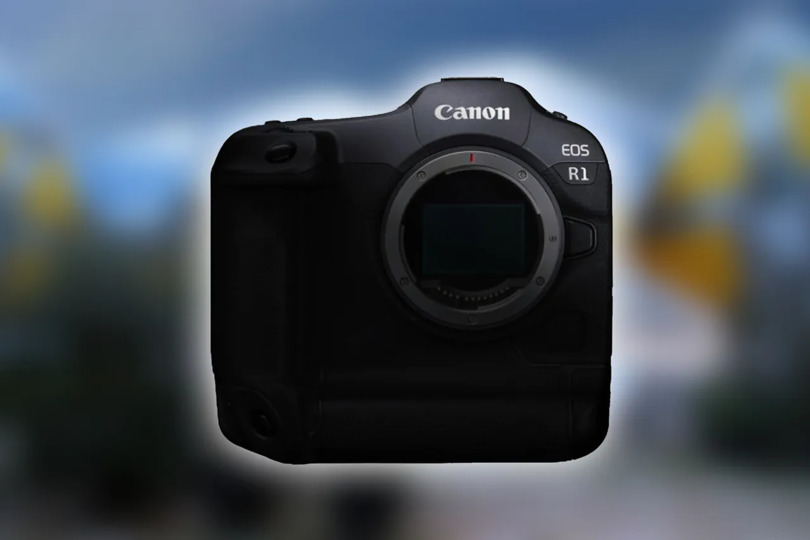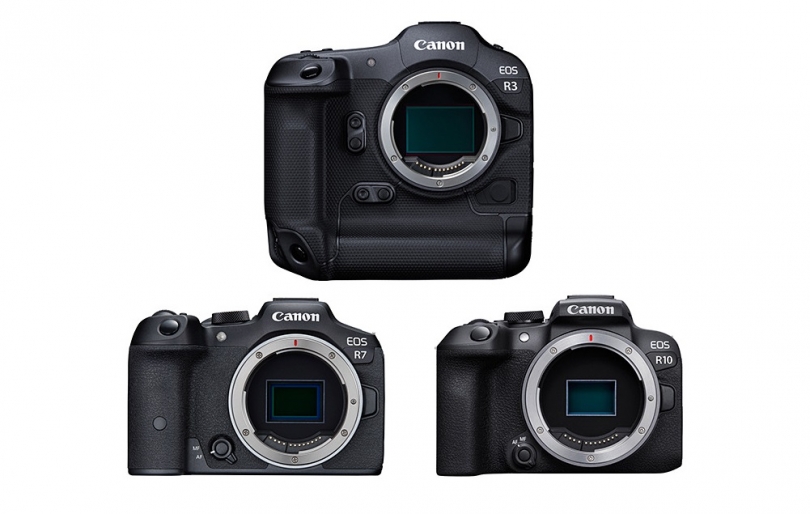$(document). ready(function() { SampleGalleryV2({"containerId":"embeddedSampleGallery_1652929186","galleryId":"1652929186","isEmbeddedWidget":true,"selectedImageIndex":0,"isMobile":false}) }); Next month, Canon will celebrate the 35th anniversary of the company’s EOS System, which made its debut in March 1987 when Canon launched the EOS 650 SLR and three EF lenses: the 50mm F1.
8, the 35–70mm F3. 5–4. 5 and the EF 35–105mm F3. 5–4. 5.
The EOS branding serves dual purpose, as an acronym for Electro Optical System and as a tribute to Eos, a Titaness and the goddess of the dawn in Greek mythology. Since the launch of the EOS System, Canon has released dozens of SLR, DSLR and mirrorless, and over 100 lenses for its EF and RF lens mounts.
Canon's EOS EF lens mount was the first fully-electronic lens mount at its release.
Some of the headlining products over the EOS System’s 35-year history include the company’s flagship EOS-1, launched in 1989, as well as its more consumer-oriented EOS Kiss/XS/500 camera that followed four years later, in 1993. Canon made its first serious steps into digital with its EOS D30, which was released in 2000 and was the first EOS camera we reviewed. Canon has since followed it up with countless DSLRs that paved the way for photography and even videography with the launch of the company’s 5D Mark II in 2008. In 2018, Canon announced its first full-frame interchangeable lens mirrorless camera, the EOS R and since then has added to its full-frame mirrorless lineups with the EOS R5, EOS R6 and, most recently, its flagship EOS R3.
It remains to be seen how long the storied EOS System will carry on as the photography world continues to evolve, but Canon seems determined to keep the name alive and well. In its press release, embedded below, Canon says it ‘will continue to refine its diverse imaging technologies based on its core optical technology to create an even more robust EOS System that meets the needs of an increasingly broad user base. ’
Press release:
Canon EOS System Celebrates 35th Anniversary
MELVILLE, NY, February 23, 2022 — In March 2022, Canon Inc. will celebrate the 35th anniversary of the launch of the company’s EOS System, which includes EOS-series interchangeable-lens cameras and a diverse range of system accessories, such as interchangeable EF and RF lenses.
Canon’s EOS System made its debut in March 1987 with the launch of the EOS 650 single-lens reflex (SLR) camera and EF lenses1. An acronym of “Electro Optical System” while also carrying the name of the Greek Goddess of the dawn, the EOS series came to light in 1987 as the world’s first fully electronic mount system, representing a new generation of AF SLR cameras.
During the film-camera era, EOS SLR cameras received high praise from a wide range of users for their innovative technologies and designs focused on Canon’s key concepts of high-speed and ease-of-use. During this period, the company launched the top-of-the-line professional model EOS-1 in 1989. With the introduction of the compact lightweight EOS Kiss (EOS Rebel XS and EOS 500 in other regions) in 1993, Canon expanded its user base to the more consumer-orientated customer.
Following the introduction of the EOS D30 in 2000, with the rise and popularization of digital SLR cameras in full swing, Canon developed innovative models such as the high-speed and high-image-quality professional-oriented EOS-1D (2001), the EOS Kiss Digital (2003, EOS Digital Rebel or EOS 300D in other regions) which appealed to a broad user base, and the EOS 5D Mark II (2008), which featured Full HD video recording. In 2012, Canon introduced the Cinema EOS System, transforming EOS video technology and marking Canon’s entry into the video production industry.
From there, Canon continued to develop equipment for an increasingly broad range of users. In 2018, the EOS R System was born from Canon’s desire to construct the optimal rear lens element diameter and shorter distance (back focus) for a Full-Frame image sensor. The company followed up in 2020 with the EOS R5, the world’s first digital camera to feature 8K recording2. In 2021, the EOS R3 was launched, featuring eye-control AF capability and the EOS VR System for recording VR content.
Enabling visual expression through still photography, video, and even VR content, the EOS system helps to expand the possibilities of visual expression with a lineup comprising 21 EOS series cameras3 and 104 RF and EF lenses4. Further reinforcing the company’s long-running and expansive user base, Canon has maintained the world’s No. 1 share5 of digital interchangeable-lens cameras since 2003 — a total of 18 years running.
Canon will continue to refine its diverse imaging technologies based on its core optical technology to create an even more robust EOS System that meets the needs of an increasingly broad user base.
2022-2-24 04:00






